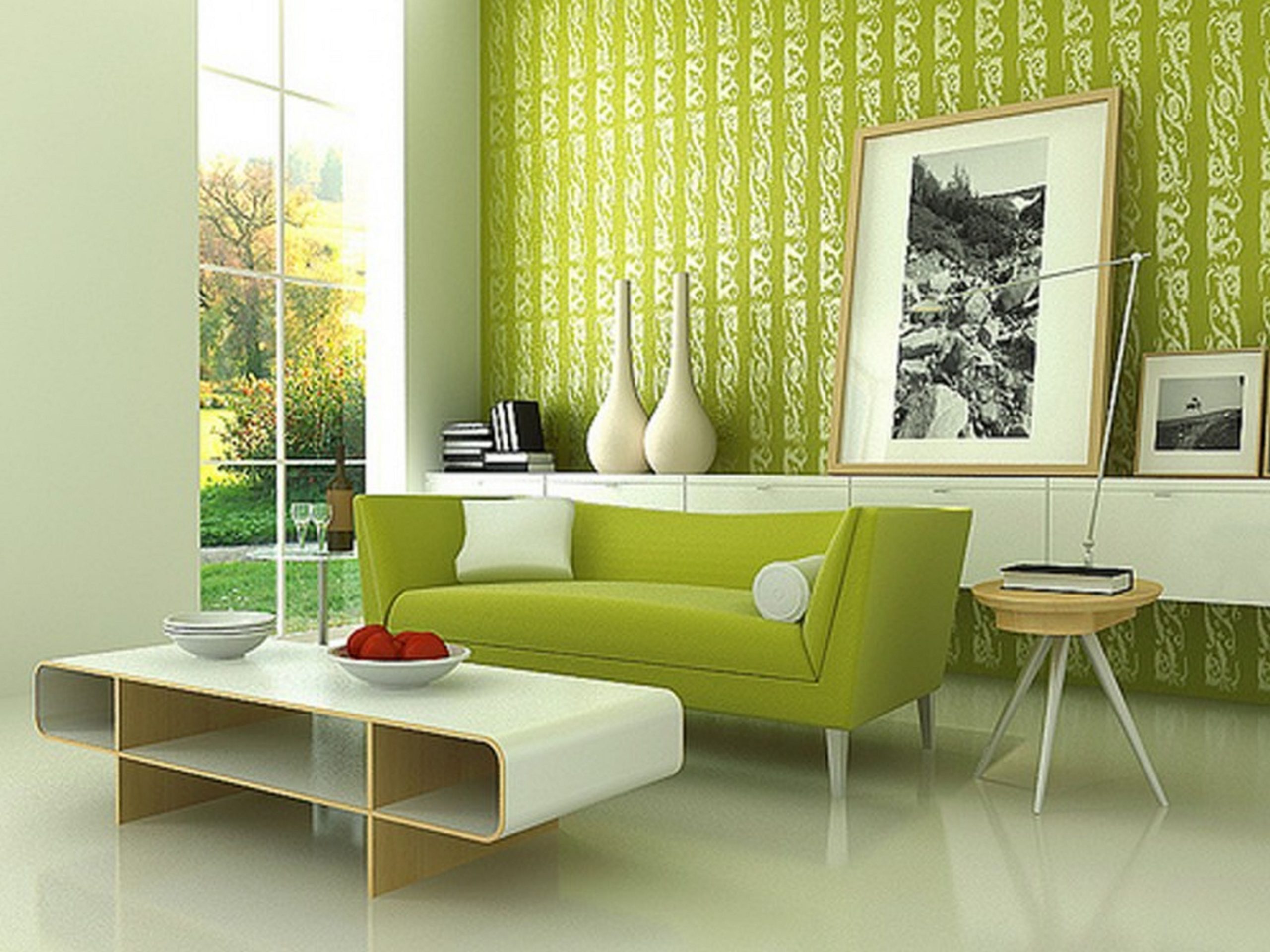Step into the world of interior design, where the ultimate goal is not just about making a space look good, but creating a home that feels like a haven. Harmony in interior design is like the secret sauce that brings everything together, making your space not just visually appealing but also comfortable, functional, and downright cozy. From understanding the magic of colors to mastering the art of mixing textures and balancing scales, this article will unlock the secrets of harmony in interior design, giving you the power to turn your living space into a visual masterpiece and a place you’ll never want to leave.
Harmony in Interior Design
Imagine walking into a room that just feels right. Everything flows together, from the colors on the walls to the furniture placement – that’s the magic of harmony in interior design. It’s not about matching everything perfectly, but rather about creating a balanced and unified space where all the elements complement each other.
Think of it like a delicious recipe: you wouldn’t just throw random ingredients together and expect a masterpiece. You carefully select and combine flavors that work in harmony to create a satisfying and delicious dish. Interior design is similar! You’re working with different “ingredients” like colors, textures, shapes, and lighting to create a visually appealing and comfortable space.
So how do you actually achieve this elusive harmony? It starts with a clear vision. What’s the purpose of the room? What kind of mood do you want to create? Once you have a good sense of direction, you can start making choices that support that vision.
Key Points:
- Harmony in interior design creates a sense of balance and unity, resulting in spaces that “feel right.”
- Define the purpose and ambiance of the room to guide design choices.
- Achieve visual balance by evenly distributing furniture and decor.
- Establish unity through a consistent color palette, repeating patterns, and complementary materials.
- Use a color wheel to find harmonious color schemes that create mood and depth.
- Incorporate different textures (e.g., rugs, baskets, wood) to add visual interest and warmth.
- Play with shapes (e.g., rounded vs. angular) to avoid monotony.
- Harmony positively impacts well-being, reducing stress and boosting focus.
- Draw inspiration from nature, art, and music to create harmonious designs.
- Embrace the process as an ongoing journey, experiment, and enjoy the transformation.
Creating a Symphony of Style
Harmony isn’t about rigid rules, it’s about creating a sense of balance and unity within your space. Think of it like conducting an orchestra: each element has its own role to play, but it’s the way they work together that produces the beautiful music.
Here’s where things get fun. Let’s break down some practical tips to bring harmony into your own home:
1. Find Your Color Harmony:
Color is a powerful tool for setting the tone of a room. You can use a color wheel to help you choose a palette that creates the feeling you’re going for.
| Color Scheme | Description | Example | Mood |
|---|---|---|---|
| Monochromatic | Uses different shades of a single color | Light blue walls, navy blue sofa, blue patterned rug | Serene, calming |
| Complementary | Pairs colors opposite each other on the color wheel | Blue walls with orange accents | Vibrant, energetic |
| Analogous | Combines colors that sit next to each other on the color wheel | Green, blue-green, and blue | Relaxing, cohesive |
2. Strike a Balance:
Visual balance is all about distributing weight evenly throughout the room. You don’t want everything clustered on one side or a single piece of furniture overpowering the space. Think about the size and scale of your furniture and décor, and aim for a sense of equilibrium.
3. Embrace the Power of Repetition:
Repeating certain elements throughout the room helps to tie everything together. This could be as simple as using the same color in your throw pillows and artwork, or incorporating a recurring pattern in your textiles.
4. Texture is Your Friend:
Don’t be afraid to mix and match different textures to add depth and warmth to your design. Think cozy rugs, woven baskets, smooth wooden furniture, or even a touch of metal for some shine.
5. Don’t Forget the Shapes:
Just like textures, playing with different shapes can add visual interest. You can balance rounded furniture with more angular pieces to create a dynamic and engaging space.
Beyond Looks: The Feel-Good Factor
Harmony in design isn’t just about aesthetics, it has a real impact on how we feel. Studies show that well-designed spaces can reduce stress, improve focus, and even boost our mood. When a room feels harmonious, we feel more at ease, allowing us to fully relax and recharge.
Inspiration is Everywhere
Look around you – harmony exists in nature, art, even music. Take inspiration from these sources and apply the principles to your own home. Whether you gravitate towards the timeless elegance of traditional design or the clean lines of minimalism, harmony can be found in any style. For a touch of historical elegance, consider incorporating elements of medieval castle interior design. If vibrant, eclectic style speaks to you, our New Orleans interior design page offers a wealth of inspiration. For those who love classic and sophisticated aesthetics, exploring Greek interior design can be a great starting point.
Remember, creating a harmonious home is an ongoing journey, not a destination. Don’t be afraid to experiment, play with different ideas, and most importantly, have fun with the process!
- Modern Kitchen Backsplash Ideas To Inspire Your Refresh - December 19, 2025
- Modern Backsplash Ideas: A Guide to Todays Kitchen Trends - December 18, 2025
- Ceramic Kitchen Wall Tiles: Style and Protection for Your Walls - December 17, 2025









